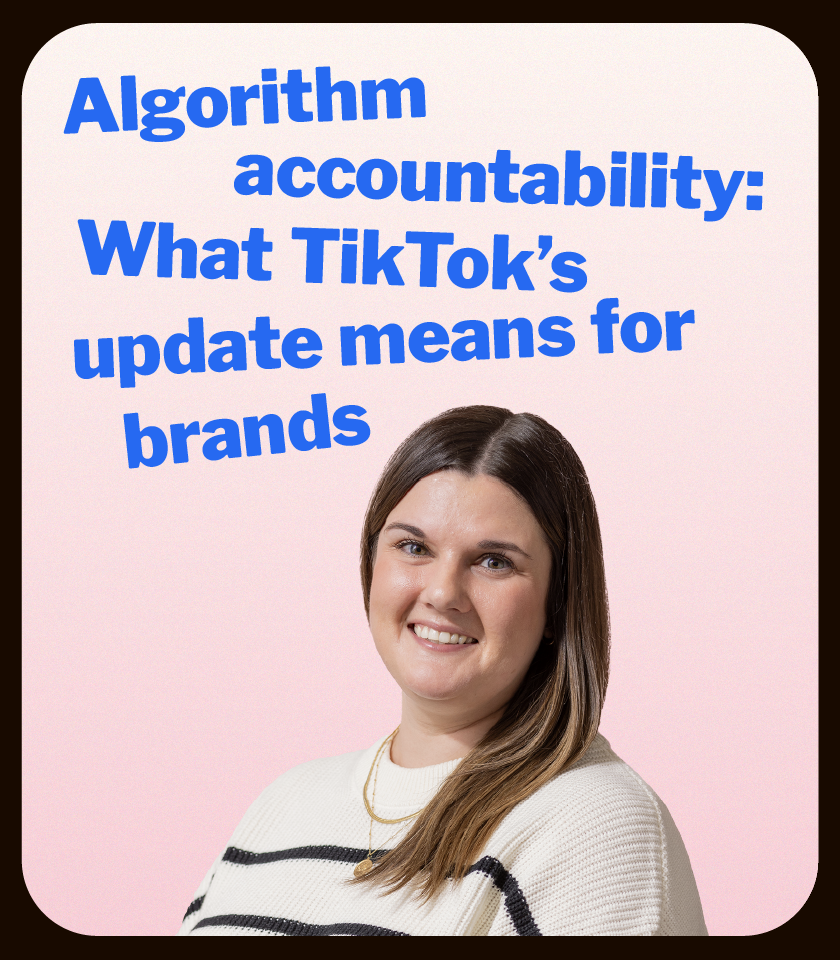I have an investment opportunity for you. My company successfully achieves our objective 1 out of every 2,000 attempts. That’s a success rate of 0.0005. In other words, we fail 99.95% of the time. How much can I put you down for?
In any other business, this would be absurd. And yet, in digital marketing, brands continue to pour billions of dollars into advertising where success (failure) is measured by click-through rates (CTR). I’m far from the first person to write on this topic, but I’ll sleep better at night by joining the chorus of my colleagues in trying to eliminate CTR as a KPI for my clients (and anyone else who will listen to reason).
Here’s my top 5 list for why you should stop measuring CTR.
#5 Fraud and accidental clicks can wildly skew results
Some estimates have placed the loss due to click fraud at almost $90B last year. Yes, billion. Accidental clicks, such as those made on mobile devices due to small screen sizes or poorly designed ad placements, can also inflate CTR without contributing to real outcomes. Given how low CTRs are, even one fraudulent or accidental click out of 2,000 impressions can falsely double your CTR and cause advertisers to overestimate the effectiveness of their advertising.
#4 CTR ignores the quality of engagement
A “high” CTR might indicate that an ad is performing well – but it does not reveal what happens after the click. A user might click on an ad out of curiosity or by accident, only to immediately leave the landing page without further interaction. This phenomenon, known as “bounce,” means that a click probably won’t translate into meaningful engagement or conversions.
#3 CTR does not measure brand awareness or long-term impact
Advertising is not always about immediate response. Often, the goal is to build a brand over the long term. CTR does not capture how much an ad contributes to brand awareness or changes in perception over time. A well-designed display ad might not generate many clicks, but it could still leave a lasting impression, subtly influencing future purchasing decisions. Advertisers may undervalue campaigns that effectively contribute to brand building by focusing narrowly on CTR.
#2 Obsession with CTR can lead to poor creative choices
Advertisers who prioritize CTR may be tempted to design ads that prioritize getting clicks over eliciting an emotional response or delivering meaningful content. This often leads to the creation of clickbait-style ads that grab attention but provide no value to the user. While these ads might achieve “higher” CTRs, they can damage a brand’s reputation by frustrating users with misleading or low-quality content.
#1 You can’t optimize your way out of abject failure
There is no sugarcoating this. Even if your CTR is an order of magnitude higher than the industry average, you are still failing 99.5% of the time. Your CTR could be 100x higher and you’d still be failing 95% of the time. No amount of optimization to CTR will have a meaningful impact on your business.
Ok Dan, what should we measure?
Brand awareness lift, conversion rate, cost per acquisition (CPA), incremental return on ad spend (iROAS), and lifetime customer value (LTV) offer deeper insights into how well an ad campaign is performing and are much stronger measures of success. These metrics focus on the outcomes that truly matter – brand building, customer engagement, leads, and sales – rather than just the superficial, accidental, or fraudulent act of clicking. I get it; the inertia behind CTR is real. Change is hard, but join me in fighting the good fight and stop measuring CTR. We as an industry, can (and should) do so much better for our clients.








